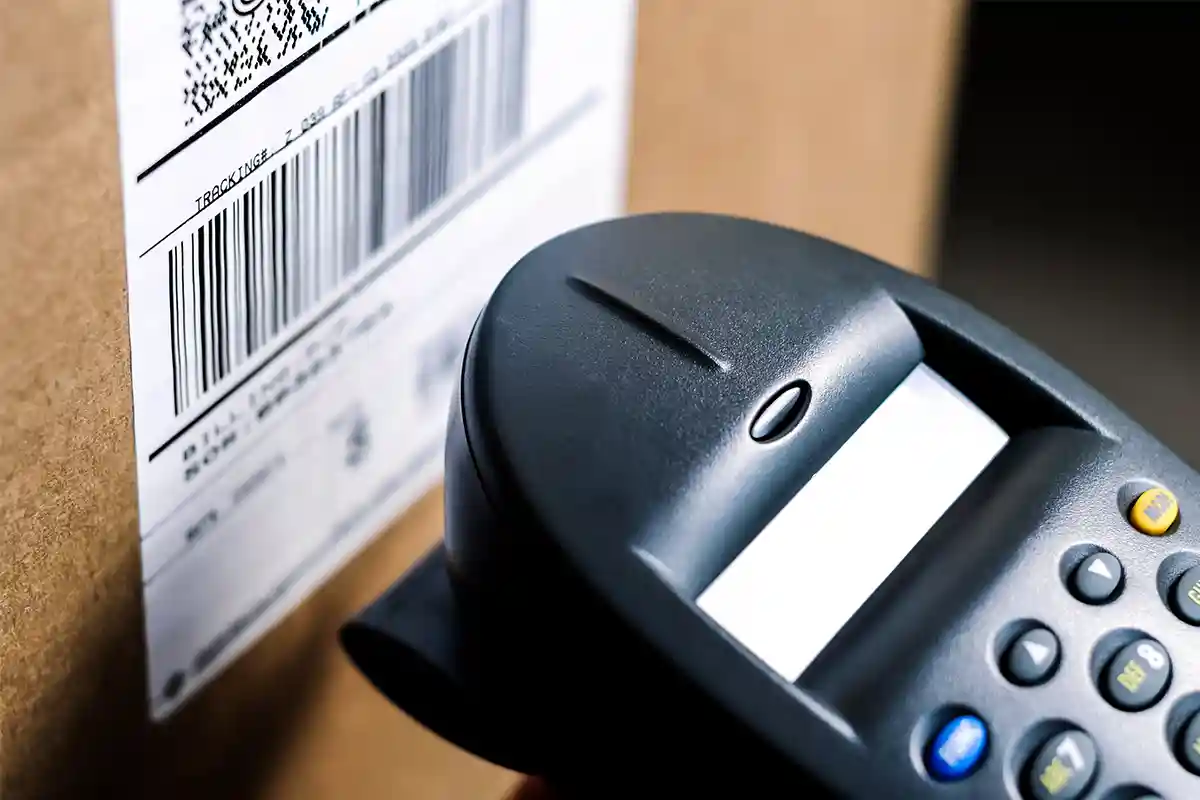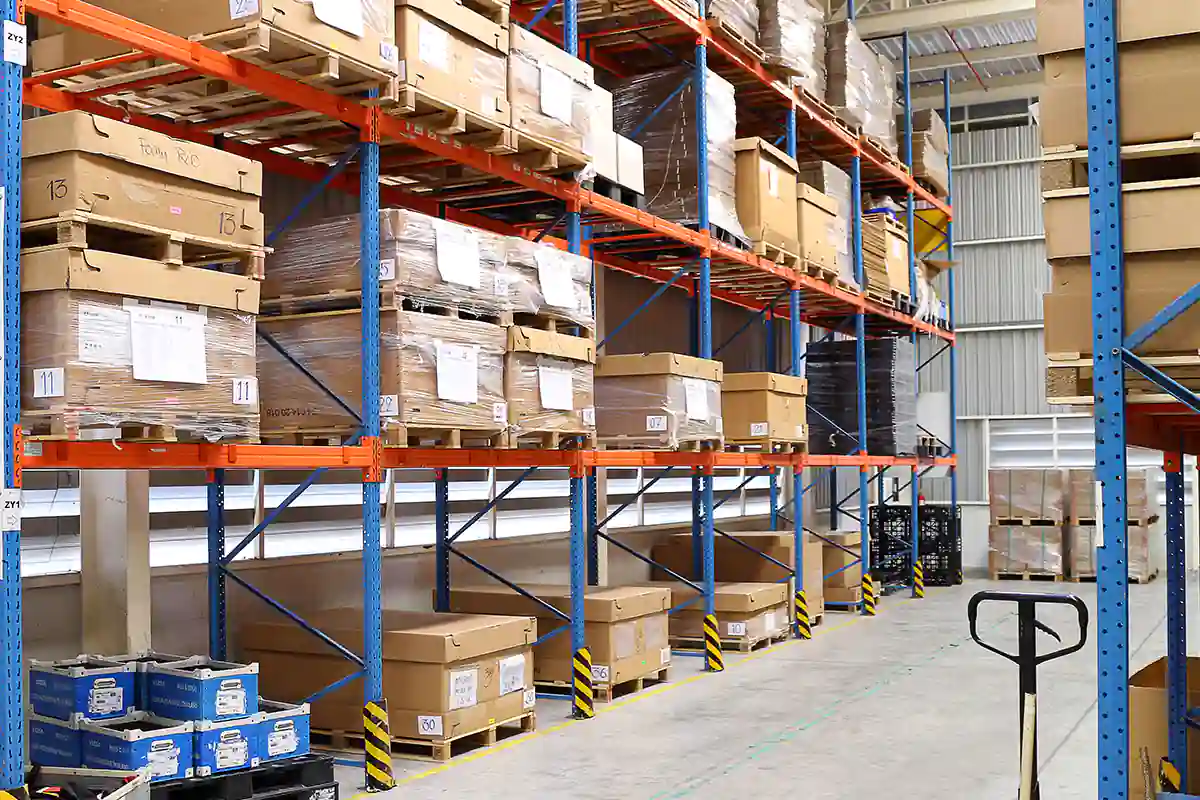Digitalization is changing logistics processes
Digitalization is changing logistics processes. Today, some of these changes have growing importance for small and medium-sized companies (SME). Those dealing with the development in time can realize competitive advantages.
by Marc Teuber
book1363 words timelapse7 minutes reading time
1. Digital Logistics: Cloud Computing 🔗︎
Cloud Computing is the focus of many outstanding innovations that are just taking root through digitalization and in logistics. Real-time data processing favours faster and more reliable decisions. Relevant information is always at hand and as a result, you can make fast, targeted reactions. Operations that are particularly relevant for logistics, confirmations, check-ins and approvals, can all benefit from this. Consequently, risk control and the reaction to threats are getting easier.
Many Advantages through real-time Data 🔗︎
Real-time data from the cloud allows a product to be located at any point in time. You can collect more data about bottle necks, delays and other problems. Sensors automatically locate products in real time along the transport route. These cloud-based approaches such as Integration-Platform-as-a-Service (iPaaS) allow various on-premise, cloud and SaaS services to be combined and ensure data exchange in real-time proximity. For example, by using sensors goods that have arrived at their destination will automatically report this fact to the ERP system (such as Microsoft Dynamics 365 Business Central). As a result, there will be initiated the creation of corresponding invoices. The current condition of the goods can also be checked. Sensors report, for example, whether moisture or excessive shocks may have damaged the products. In case there are delivery delays or even early deliveries, recipients can be informed promptly.
2. Digital Logistics: Robots in the Warehouse 🔗︎
The increasing trend towards e-commerce favours the use of robots in the warehouse. There is increasing demand for smaller products and delivery quantities which also need to be packaged individually. Furthermore, items are becoming heavier. Hard to imagine in the early days of internet and e-commerce: Today, bulky purchases such as furniture are increasingly ordered online. In addition, customer expectations regarding the speed of deliveries are rising. On top of this, there is a lack of suitable employees.
Automated Warehouse Robots: Relieving Work Colleagues 🔗︎
Using robots in the warehouse area can counteract the challenges described above. Robots can move independently and intelligently in rooms and pick items, for example. Necessary data is stored in a database. If a customer places an order, the software sends it to a robot vehicle currently being free and located closest to the item required.
Typically, a warehouse employee has to walk lengthwise and crosswise through the warehouse to find and pick the items needed. Autonomous mobile robots, on the other hand, can work together with several employees and operate largely independently of humans. A robot vehicle drives up to the shelf with the stored items and a warehouse employee being nearby picks the items required and puts them in the picking basket. The robot then moves to the next storage location and is operated by another employee in the same way - until the picking order has been processed. As a result, the workers' productivity increases, their physical strain decreases.
Autonomous Warehouse Robots: Fast Installation and High Performance 🔗︎
A corresponding robot solution can be installed within a few weeks. This requires data such as product profiles and order volume to find out the optimal configuration. Warehouse robots can also be optimized for warehouses whose storage areas are rented by several companies. This can particularly be interesting for companies for that purchasing warehouse robots is still uneconomical, but that would consider using them on a rental basis.
Autonomous Warehouse Robots protect Employee Health and are scalable 🔗︎
Another advantage of autonomous mobile robots is that they can work without interruption. In addition, they can also be used in areas that are dangerous for humans, such as those involving contact with hazardous substances. Robotic solutions are also more scalable than human personnel. During peak season, increased demand can be met without having to find and hire new staff. Fewer errors in picking and delivery can also be expected due to the use of robots. This can increase customer loyalty.
3. Digital Logistics: Artificial Intelligence & Predictive Analytics 🔗︎
Traditionally, programmes are written in a way that they process predefined rules from the outset. This works well in environments with stable processes, but if there are minor changes in the environment, the rules are often no longer applicable. This quickly leads to errors and failures. Artificial intelligence and its currently most important sub-area, machine learning, can provide a remedy here. Algorithms discover underlying patterns and principles and derive actions or generate insights from them without depending on fixed rules. For this process to work in the best possible way, it requires not only good algorithms, but also high computing power and a sufficiently large data pool with adequate data quality. Such a software can, for example, still independently calculate the optimal route through the warehouse even if some shelves have been moved and aisles have been rearranged.
Predictive Analytics: More Planning Certainty and Cost Savings 🔗︎
Predictive analytics is about making forecasts based on data patterns. With adequate data quality, algorithms can, for example, predict what will be sold in the coming weeks and months with a high degree of probability. This makes it much easier to plan the supply chain. Items that are expected to be in high demand can be ordered in advance, taking advantage of higher volume discounts.
Predictive Analytics & Logistics: Practical Examples 🔗︎
Almost everyone has experienced that shoe or clothing sizes can vary from manufacturer to manufacturer despite the same formal specifications. Some shoe and clothing shops started to have their products tested. The data is being entered into a database. If, for example, it turns out that shoe size 41 of a certain manufacturer corresponds more to the general shoe size 40, a correspondingly programmed software will automatically recognize this and point it out to customers when shopping online. This approach can also be used profitably in the industrial sector. For example, it can be ensured that spare parts or preliminary products from different manufacturers are compatible with each other. This relieves logistics: The number of incorrect deliveries and returns resulting from this will be reduced.
4. Digital Logistics: Block Chain 🔗︎
Using block chain technology, transactions can be documented automatically and in a forgery-proof manner. Human intermediaries are often no longer needed. In logistics, several areas could benefit from this: Signing contracts, checking delivery times or ensuring product origins. For example, refrigerated food is being shipped from one part of the world to another nowadays, often having to pass dozens of stations till reaching its destination. If you use block chain combined with a cloud service, it is possible to know where a particular container is being located and how long it is expected to take to reach the next stopover or its destination, at any time. Important questions such as whether the cold chain has been maintained throughout or whether the products have been damaged by vibrations are also documented this way.
As block chain transactions work like forgery-proof accounting systems, logistics can benefit even more from this. Successful cooperations with completely unknown business partners, such as 3PL service providers worldwide, are also possible. Moreover, less bureaucracy and more paperless processes also save time and costs.
5. Digital Logistics: Predictive Maintenance 🔗︎
Predictive Maintenance is an approach where plant, machine and component failures can be predicted by means of sensors. There are two main advantages: Parts and components can be used shortly until their life time expires. This also increases the reliability of vehicles, plants and machines leading to a reduction in costs and more customer satisfaction through faster and more reliable order processing. For example, by using sensors parameters such as temperature or vibration of a ball bearing can be measured. If there is a deviation from the norm being detected, a warning message follows. Algorithms can also calculate and predict how long a part will continue to function based on manufacturer data or data collected during operation. For example, warehouse or production management can be informed at an early stage in case the hydraulic hose on a forklift truck or press needs to be replaced and schedule the repair outside official working hours. Moreover, an appointment with the customer service can also be made in time and spare parts can be ordered. This is another cost-saving aspect, as emergency services are usually much more expensive.
5 Reasons to buy a new Scanner Solution
With old barcode scanners, no matter if mobile or stationary, the disadvantages sooner or later will outweigh the benefits. Work processes in the warehouse or in production are made more difficult and slowed down, performance decreases. A timely changeover to more modern MDE solutions can prevent this. The following points provide initial orientation.
How to prepare Warehouse Processes for Mobile Scanner Implementation
You will not always immediately realize the performance increases expected from the implementation of new MDE solutions. In many cases, this is due to underlying warehouse processes. Furthermore, efficiency gains in neighbouring departments or in the back office will often not receive attention. In the following article, we will explain, what should be kept in mind.

